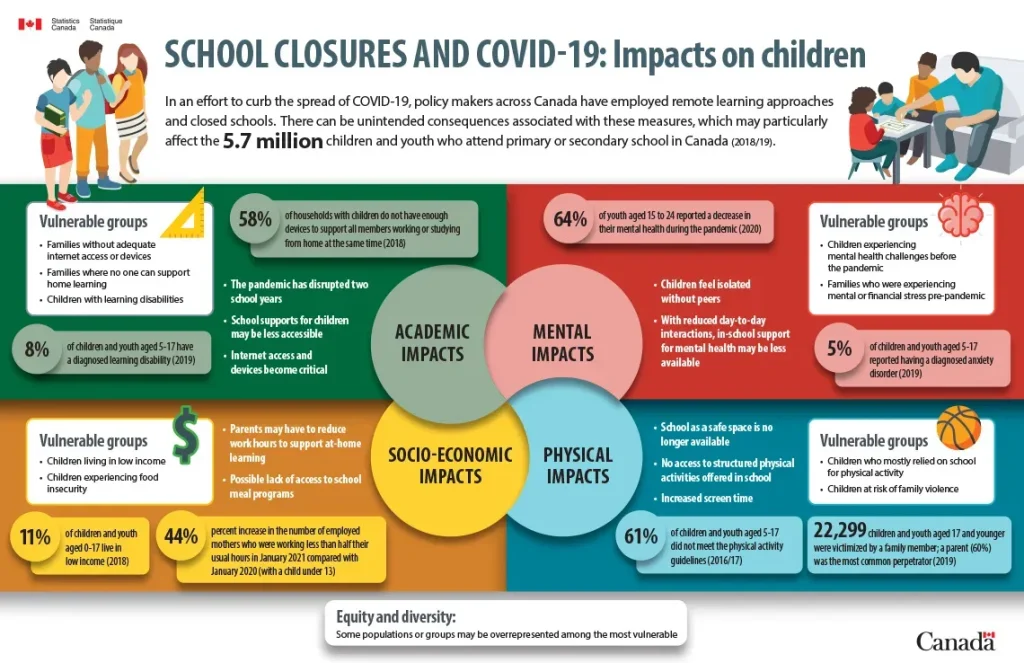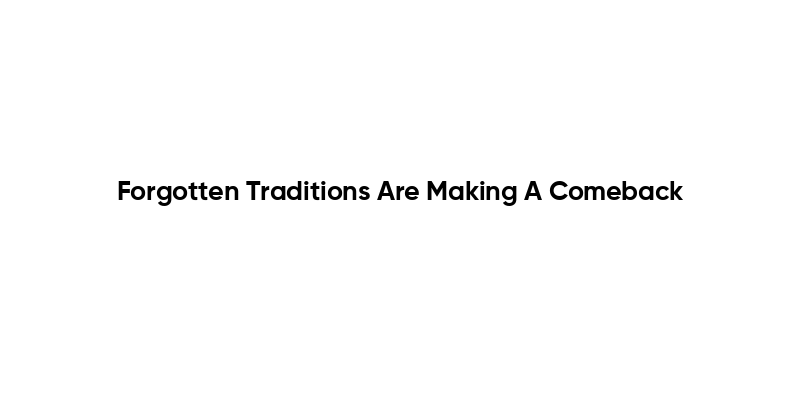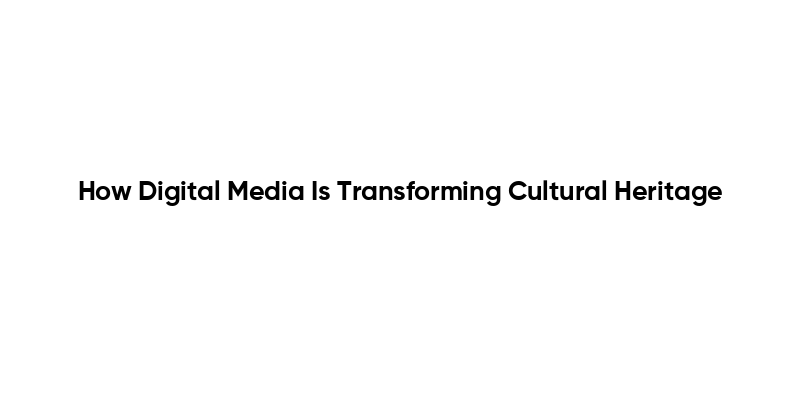The COVID school closures marked a significant turning point in education, impacting millions of students across the United States. As classrooms shuttered in response to the pandemic, educators, parents, and health officials grappled with the consequences of prolonged distance learning. The impact of COVID on education has been profound, with mounting evidence pointing to pandemic learning loss among children. Additionally, the emotional toll on children’s mental health during this turbulent period cannot be ignored, sparking discussions about effective school reopening policies that balance safety with educational needs. Amidst conflicting CDC recommendations for schools, the urgency to prioritize children’s welfare became increasingly clear.
The disruptions caused by the pandemic in educational settings have led to widespread debate about effective strategies for returning students to the classroom. Terms such as educational interruptions and remote learning limitations highlight the challenges faced by families and educators alike. Moreover, the long-lasting effects on children’s emotional well-being, often referred to as the mental health crisis tied to the pandemic, have prompted urgent discussions among policymakers. Moreover, the question of how to effectively implement safe in-person learning practices continues to be a pressing concern, underscoring the complexities of this unprecedented educational landscape.
The Impact of COVID School Closures on Student Learning
The COVID school closures led to widespread disruption in the educational trajectory of millions of students across the United States. Research has shown that prolonged remote learning contributed significantly to pandemic learning loss, with many students falling behind academically. A report by McKinsey & Company estimated that students lost an average of five to nine months of educational progress, especially among those from socioeconomically disadvantaged backgrounds. This disparity raises important questions about the effectiveness of virtual learning environments and the accessibility of resources needed to support learning during such unprecedented times.
As schools began to reopen, it became evident that recovery from these closures would take considerable effort. Many educators reported that a significant number of students struggled to catch up on lost content, leading to persistent academic gaps. The implementation of remedial programs and summer schools emerged as critical strategies for addressing these deficits. Additionally, educational leaders started to emphasize tailored learning plans to assist students in gradually regaining their footing in an academic environment that had drastically changed during the pandemic.
Children’s Mental Health During the Pandemic
The mental health of children experienced a notable decline as a direct consequence of COVID school closures. With the isolation imposed by remote learning and the absence of regular interaction with peers, many children faced increased levels of anxiety and depression. Mental health experts have sounded alarms over the sharp rise in reported cases of emotional distress among young people. The CDC acknowledged these trends and highlighted the urgent need for schools to incorporate mental health resources in their reopening plans to support children’s psychosocial well-being.
In light of these challenges, educators and administrators were urged to prioritize mental health initiatives as part of their reopening strategies. Schools have begun to implement programs focusing on emotional support and social skills development, recognizing the long-term impact that the pandemic may have on children’s psychological health. By fostering an environment that encourages open communication about feelings and experiences, schools can play a pivotal role in helping students navigate their emotions in the aftermath of the pandemic.
School Reopening Policies: A Balancing Act
The development of school reopening policies during the pandemic showcased a delicate balancing act involving health considerations and educational needs. As noted in various reports, school leaders were faced with the daunting task of adhering to health guidelines while ensuring that students could return to in-person learning safely. The AAP’s early advocacy for physical attendance echoed the sentiments of many who feared the repercussions on children’s education, while the CDC’s more cautious approach emphasized the importance of safety protocols such as social distancing and mask-wearing.
Critics have argued that the conflicting recommendations from health bodies like the AAP and the CDC may have led to confusion and inconsistent practices across the country. Some districts quickly adapted to evolving guidelines, while others hesitated, fearing the public backlash associated with reopening too soon. The result has been a patchwork of responses, highlighting the complexities involved in navigating public health directives and the varying levels of risk perceived by communities when implementing school reopening policies.
Long-Term Effects of Pandemic Learning Loss
As society moves beyond the immediate crisis of COVID-19, educators and policymakers are increasingly focusing on the long-term effects of pandemic learning loss. Initial estimates suggest that students’ diminished educational experiences may resonate throughout their academic careers, potentially influencing their college readiness and career prospects. Furthermore, the compounded struggles of certain demographics—especially marginalized groups—underscore the urgent need for interventions aimed at equity and recovery.
Many educational institutions are recognizing the necessity for comprehensive support systems that extend beyond basic academic learning to include social and emotional development. Investment in tutoring, counseling services, and mentorship programs have emerged as critical components in mitigating the impact of learning loss, ensuring that students not only recover lost ground but also thrive in the increasingly complex educational landscape of the future.
The Role of Teachers and Unions During COVID
During the pandemic, teachers became pivotal figures in the fight against educational disruption, often taking on added responsibilities in remote learning environments. While some critics argued that teachers’ unions resisted full school reopening, many educators were deeply committed to ensuring quality education through alternative methods. It is essential to recognize that unions represented a wide range of teachers’ voices, navigating complex concerns regarding safety and job security amidst the pandemic.
The relationship between teachers’ unions, educational authorities, and the government was heavily scrutinized during this time. Teachers advocated for measures that not only prioritized safety but also aimed to uphold educational standards, reflecting a profound commitment to their students despite challenging circumstances. Understanding this dynamic is crucial for addressing the narratives surrounding union actions and creating more effective partnerships for future crises.
Public Health Recommendations for Schools Post-COVID
Following the guidelines set forth by health organizations, schools have made significant efforts to align their reopening strategies with public health recommendations. The CDC’s emphasis on preventative measures, including mask mandates, ventilation improvements, and vaccination drives, played an influential role in shaping policies aimed at safeguarding the health of students and staff. These measures not only address immediate health concerns but also serve as a framework for future public health crises that may impact educational settings.
Integrating health guidelines into the school environment has also fostered awareness and understanding among students about the importance of hygiene practices and community health. Schools are increasingly viewed as essential partners in public health initiatives, responsible for educating young people on personal health and safety. As we look to a post-pandemic world, the lessons learned from the intersection of education and health will undoubtedly inform future strategies for tackling emerging public health challenges.
Equity in Education: Lessons from COVID-19
The COVID-19 pandemic illuminated existing inequities within the educational system, prompting a critical examination of how educational resources are allocated across diverse communities. Disparities became glaringly evident as remote learning exposed the digital divide, highlighting the necessity for equitable access to technology and learning materials. Schools serving low-income populations faced insurmountable challenges in providing adequate support, reinforcing the call for systemic changes in educational policy and funding.
In response to these pressing issues, stakeholders have been encouraged to adopt an equity-centered approach that seeks to address the unique needs of marginalized groups. Engaging with community organizations, parents, and educators to build a more robust support network is essential in ensuring that all students have access to quality educational opportunities. The pandemic has underscored that equity in education is not merely a goal, but a fundamental right that must be upheld moving forward.
Exploring the Global Response to COVID School Closures
Globally, countries implemented a range of responses to school closures, leading to varied outcomes in educational continuity and public health measures. For instance, countries like Sweden maintained in-person schooling, drawing both praise and criticism for their unique approach. Observing the experiences of different nations provides valuable lessons in navigating school reopening strategies while balancing health risks and educational needs.
The exchange of successful practices among countries can enhance understanding of effective educational strategies during crises. By assessing the impacts of diverse responses, education authorities can refine their frameworks for future school closures and reopenings, ensuring that children’s educational rights are preserved in any forthcoming challenges similar to the COVID-19 pandemic.
Building a Resilient Educational System Post-Pandemic
One of the most crucial tasks facing educational leaders post-COVID is building a more resilient educational system capable of weathering future crises. This involves reevaluating instructional strategies, investing in technology and infrastructure, and fostering robust community partnerships to support students’ educational journeys. By prioritizing resilience, educational institutions can not only recover from the challenges of the pandemic but also enhance their capacity to adapt to future adversities.
Additionally, resilience in education requires an emphasis on fostering holistic development in students. This means integrating academic success with social-emotional learning and mental health supports. Educators can work towards creating safe, inclusive, and supportive environments that empower students to navigate adversity and emerge stronger. As schools rebuild in the aftermath of COVID, the commitment to resilience will be essential in shaping the future of education.
Frequently Asked Questions
What is the impact of COVID school closures on children’s education?
The impact of COVID school closures has been substantial, leading to significant learning losses as millions of students experienced prolonged periods of remote learning. Research shows that these closures have exacerbated educational disparities, particularly affecting socioeconomically disadvantaged students. The lack of in-person instruction has disrupted academic progress, leaving many children behind in meeting essential educational benchmarks.
How did school reopening policies evolve during the COVID pandemic?
School reopening policies evolved significantly as the pandemic progressed. Initially, many assessments called for cautious approaches to reopening, focusing on health guidelines such as social distancing. However, as evidence emerged showing low transmission rates among children and minimal severe illness, policies began to shift. Organizations like the AAP advocated for prioritizing in-person learning, leading to varied reopening strategies across states.
What is pandemic learning loss and how is it related to COVID school closures?
Pandemic learning loss refers to the educational setbacks that students have faced due to school closures during the COVID-19 pandemic. Studies indicate that extended periods without in-person instruction have led to declines in academic achievement, particularly in critical subjects like math and reading. Addressing this learning loss is crucial for helping students catch up and regain the skills necessary for their educational growth.
How has children’s mental health been affected by the COVID school closures?
The COVID school closures significantly impacted children’s mental health, leading to increased reports of anxiety, depression, and social-emotional challenges. The shift to remote learning and lack of social interaction with peers contributed to feelings of isolation among students. Experts emphasize the importance of addressing these mental health issues as students return to in-person learning environments.
What are the CDC recommendations for schools amid COVID concerns?
The CDC has provided various recommendations for schools to safely navigate COVID concerns. These include promoting vaccination for eligible students and staff, ensuring proper ventilation, implementing mask mandates where necessary, and maintaining flexible responses to outbreaks or rising infection rates. Schools are encouraged to balance health safety with the need for in-person teaching to support student well-being.
Why were COVID school closures detrimental to children’s well-being?
COVID school closures were detrimental to children’s well-being as they not only hampered academic progress but also increased risks related to mental health and safety. Students faced heightened exposure to issues like abuse, anxiety, and depression during this period. With diminished access to support systems typically available in schools, many children experienced negative consequences on their development and overall health.
What lessons can be learned from the COVID school closure experience?
The COVID school closure experience highlights the necessity of prioritizing in-person education while considering health guidelines. It underscores the need for clearer, more coherent communication from health authorities and the importance of balancing public health measures with the educational and emotional needs of children. Ensuring that all students have access to quality education as well as robust mental health support is now seen as crucial in post-pandemic recovery.
| Key Point | Details |
|---|---|
| Initial Guidance from AAP | The AAP advocated for physical presence in schools, noting negative impacts of remote learning and the low risk of severe illness in children. |
| Contradictory Recommendations | Subsequent AAP statements emphasized safety over immediate reopening without addressing earlier concerns about learning and mental health. |
| Political Influence | Political figures, including President Trump, pressured schools to open, which resulted in confusion and mixed messages from health organizations. |
| Impacts of School Closures | School closures led to significant harms in children’s intellectual and emotional development, disproportionately affecting disadvantaged groups. |
| Community Response | Despite successful examples of open childcare facilities during the pandemic, many schools remained closed longer than necessary. |
| Teacher’s Experience | Teachers faced enormous challenges during remote teaching, yet unions often fought for cautious measures instead of full reopenings. |
Summary
COVID school closures have had a profound and lasting impact on children’s education and well-being in the United States. As millions of children missed out on in-person learning for over a year, the repercussions have become evident in their academic and emotional development. Early guidance from health authorities emphasized the urgency of reopening schools, highlighting the risks of remote learning. However, political pressures and evolving recommendations created confusion that contributed to prolonged closures. Ultimately, the debate around COVID school closures has revealed significant disparities in decision-making and its consequences, underscoring the need for balanced approaches in future health crises.



